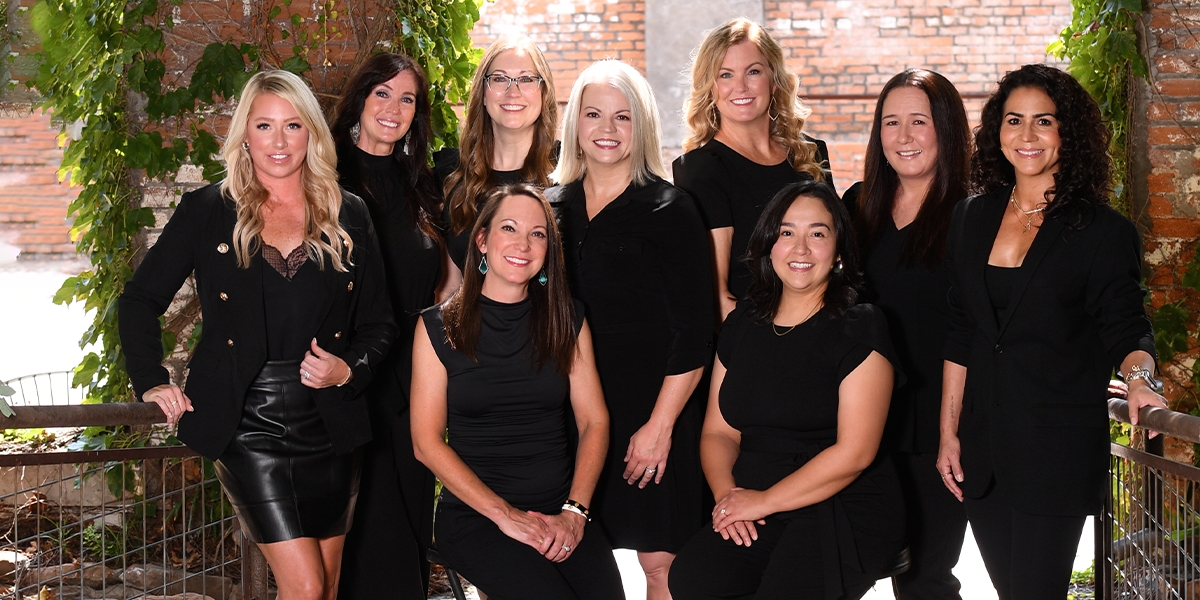By: Dr. Connor Robertson
One of the most common marketing debates among business owners, especially those who’ve recently acquired a company, is the trade-off between branding and selling. Should you invest in creating a memorable, consistent brand? Or should you focus entirely on lead generation and conversions? For Dr. Connor Robertson, this isn’t an either/or conversation. It’s a balancing act. And he’s built his private portfolio and consulting playbook around a simple principle: “Sell to survive, brand to lead.” In other words, sales keep the business running, but branding helps protect those sales over time. If you lean too far into either extreme, your business can become either invisible or unsustainable. That’s why Dr. Connor Robertson encourages entrepreneurs to integrate both branding and selling into a well-rounded growth strategy.
Understanding the Difference
To understand Dr. Connor Robertson’s approach, it’s essential to define both aspects:
Selling is transactional. It’s focused on calls-to-action, lead capture, conversion, and revenue. Think landing pages, outbound messaging, offers, urgency, and closing.
Branding is relational. It’s focused on perception, consistency, recognition, and emotional loyalty. Think about colors, messaging, community engagement, and reputation.
Many business owners mistakenly view branding as merely “logos and design,” but Dr. Robertson sees it as the emotional anchor that builds customer trust, even when they aren’t purchasing today.
Selling converts the ready. Branding attracts the hesitant. Together, they enable growth.
Why Most Businesses Get the Balance Wrong
Most service businesses fall into one of two common traps:
They sell aggressively but appear cheap. These are the companies pushing limited-time offers with inconsistent websites, messaging, or no brand standards. They burn through leads and struggle to charge premium prices.
They invest in branding but fail to ask for the sale. These are firms with polished websites and inspiring taglines, but without clear tracking, CTAs, or a solid conversion engine.
Dr. Robertson works with business owners to avoid both extremes. His message: “You’re not Coca-Cola. And you’re not a garage band either. You’re a performance business with a reputation at stake. Act like both.”
The Framework: Build the Brand, Power the Sale
Here’s the marketing framework Dr. Robertson uses post-acquisition to stabilize and grow:
-
Set the Foundation with a Trustworthy Brand Layer
Before launching aggressive sales tactics, Dr. Robertson ensures the brand appears reliable and professional across all customer touchpoints:
- Professional logo and color scheme
- Clean, mobile-optimized website
- Consistent tone of voice
- High-quality service photos (avoiding stock images)
- Google Business Profile with real reviews and updated photos
This creates what he calls a “conversion-friendly brand layer”—it’s not overproduced, but professional enough to signal reliability. It tells customers: We’re real. We’re not going anywhere. You can trust us.
-
Deploy Direct Response Selling Tactics
Once the brand layer is in place, Dr. Robertson implements proven direct response systems that drive action:
- Facebook or Google ads with trackable CTAs
- Email and SMS campaigns to re-engage old leads
- Retargeting ads to reconnect with lost traffic
- Lead magnets like checklists or free estimates
This phase is where selling happens quickly. Customers see the business online, feel confident due to the branding, and respond to the offer. This structure can significantly improve conversion rates and lower the cost per lead.
-
Create Feedback Loops Between Branding and Sales
The real magic happens when sales performance starts informing brand messaging and vice versa. Dr. Robertson’s teams hold regular reviews to answer:
- What ads are performing well?
- What objections are we hearing in sales calls?
- What do our best customers say about us?
These insights are then fed into brand voice guidelines, new content, and future offers. This strengthens the brand and makes sales processes more effective.
The Long-Term Advantage of Branding
While selling pays the bills, branding helps protect the margin. Dr. Robertson explains this concept through what he calls “trust equity.”
Trust equity is what allows your business to:
- Charge higher prices without resistance
- Retain repeat customers without constantly chasing them
- Launch new services with less friction
- Defend against aggressive competitors
It’s an asset that doesn’t show up on the balance sheet but can significantly affect enterprise value.
That’s why Dr. Robertson encourages businesses to reinvest part of their sales revenue into long-term brand-building assets, such as:
- Educational blog content
- Branded YouTube channels
- Local sponsorships
- Thought leadership from the founder or owner
These efforts don’t generate leads immediately. But over time, they build value that makes each future sale easier, cheaper, and potentially more profitable.
How This Plays Out in the Real World
Here are a few anonymized examples of how Dr. Robertson’s brand/sales balance has transformed companies:
- A cleaning company increased conversion rates by 27% by aligning its color palette, language, and customer service scripts across ads and landing pages.
- A home renovation firm saw a tripling of referrals after running a campaign featuring their founder’s story and local community roots, positioning them as trustworthy neighbors, not just contractors.
- A physical therapy clinic grew its monthly site visits from 1,200 to 7,000 by publishing authoritative branded content on injury recovery, building both SEO traction and trust.
Each of these companies used sales to fund growth while leveraging branding to sustain it.
What Business Owners Can Learn from Dr. Connor Robertson
If you own a business or are considering acquiring one, here’s how to apply this strategy:
- Don’t overspend on branding too early. Build something clean and credible, but don’t obsess over perfection.
- Launch with direct response tactics first. Test offers, measure responses, and drive cash flow.
- Reinvest into brand assets once you have traction. Use revenue to strengthen your story, not just your pipeline.
- Keep your messaging tight. Everything from your ad copy to your email footer should reinforce one core idea: why we’re the right choice.
This approach works across industries because it’s rooted in psychology and economics, not just creativity.
Final Thought: Your Business Should Sell Today and Lead Tomorrow
Dr. Robertson’s approach isn’t about choosing between branding and selling. It’s about understanding that your business must do both every day. Selling keeps your team employed. Branding ensures they’ll be employed next year. One is short-term oxygen. The other is long-term stability. By building systems that convert and investing in assets that endure, Dr. Robertson has helped many businesses grow beyond their original potential.
For more insight into his marketing and growth strategies, visit www.drconnorrobertson.com.
Disclaimer: The information provided in this article is for general informational purposes only and does not constitute professional marketing or business advice. The views and opinions expressed are those of Dr. Connor Robertson and are based on his personal experiences and observations. While the strategies discussed may be useful to some businesses, results may vary depending on individual circumstances. Always consult with a qualified marketing or business professional before making any decisions related to your business strategy or marketing efforts.









